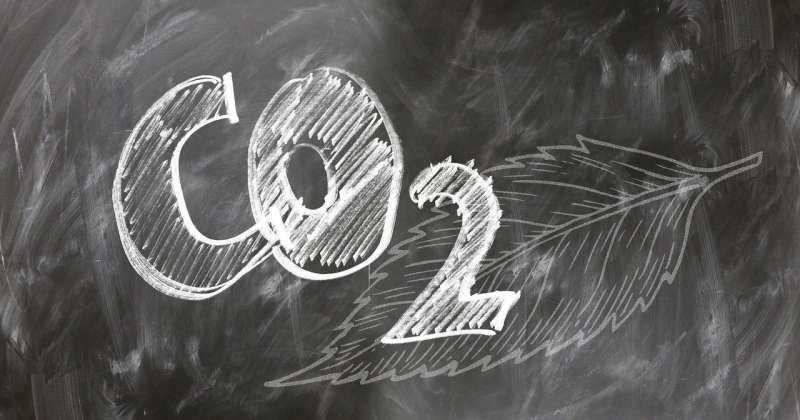Capturing carbon from the air

Climate scientists predict disastrous consequences if greenhouse gases continue to accumulate at ever-increasing rates. Experts agree that any solution will require drastic reductions in emissions from sources such as automobiles and coal-fueled power plants. But according to an article in Chemical & Engineering News (C&EN), the weekly newsmagazine of the American Chemical Society, negative-emission technologies (NETs) that remove carbon dioxide from the air could also help mitigate the problem.
According to the United Nations Environment Programme, 50 billion tons of greenhouse gases, mostly carbon dioxide, are emitted to the atmosphere each year. Scientists estimate that, if scaled up, NETs could address about 30 percent of the needed reductions in carbon-dioxide emissions, freelance contributor Jeff Johnson writes. However, NETs face many challenges on the way to being applied cost-effectively at a planetary scale.
One NET captures carbon dioxide by streaming air through a liquid or solid sorbent, which is later heated to release the concentrated gas. Although power plants already use this approach, it hasn't yet been applied to the much more dilute levels of carbon dioxide in the atmosphere. Also, because the technology currently costs $200 to $1000 per metric ton of carbon dioxide, scientists need to develop new sorbents that release carbon dioxide at lower temperatures, reducing energy expenses. But the challenges don't end there—once the gas is extracted, researchers must find a way to dispose of it. One solution is injecting carbon dioxide as a supercritical fluid into geological formations deep within the earth. There, porous, permeable rock could store the gas for hundreds of thousands of years. Yet current oilfield injection technologies must be vastly scaled up to have any impact on global carbon dioxide emissions, experts say.
More information: "Capturing carbon: Can it save us?," cen.acs.org/environment/greenh … carbon-save-us/97/i8
Provided by American Chemical Society



















